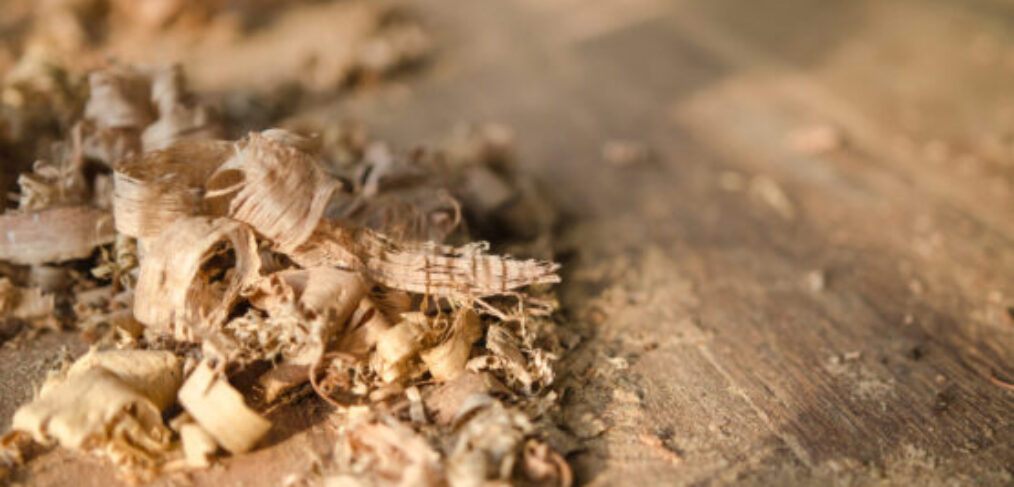Is Cellulose A Good Thing to Eat?

If you’re a termite, yes.
What does this mean? Read on to learn more.
If you’ve been reading labels and sticking to the rule of thumb that if you’re not sure what an item in the ingredient list is, you don’t eat it until you figure it out, you’re already a step ahead.
But what if you read an ingredient and you do know what it is, you think, but it’s actually something completely different?
Case in point: cellulose.
If you see this naturally occurring compound on an ingredient list, you’d likely assume it was safe as cellulose is a fiber that makes up plant cell walls and is found in all plant foods (1)
Not only is it safe to eat, it’s a good thing to eat because when you eat food that contains it, cellulose stays intact since it as insoluble fiber which means it help push food through the digestive system and support regular bowel movements.
But that’s if we’re talking about this type of cellulose.
Unfortunately, this is not what is typically being referred to when we see it on the list of what is in foods ranging from shredded cheese to barbecue sauce to vegetarian burgers; it’s sawdust (2).
Cellulose is basically plant fiber, and one of the most common sources is wood pulp; manufacturers grind up the wood and extract the cellulose.
Cellulose also can be listed by some of its many other names, as noted by the U.S. Food and Drug Administration, as powdered cellulose, alpha-cellulose, flour cellulose, cellulose fiber, Microcrystalline cellulose, cellulose casing and regenerated cellulose (3).
And where is this wood pulp coming from?
The cellulose added to processed foods usually comes from wood pulp (saw dust) or cotton lint. It can prevent caking, such as in grated parmesan cheese, but some companies fraudulently use it as a cheap filler in their “100%” grated parmesan cheese (4).
According to the Cornucopia Foundation (5), “It started in the 1700s, along the banks of Europe’s rivers, among mills and bread makers who were trying to solve a problem: How do you feed the poor, cheaply? “At some point some clever miller asked, ‘Hey, what if we combine the flour with sawdust?’” said Penn State food historian Bryan McDonald. “‘We’re selling stuff by weight, and people don’t really have a good way of knowing what’s flour and what’s sawdust.”
Wheat was scarce in Britain, but there was sawdust all over. Sometimes sawmills and gristmills even shared space. Advocates for the poor weren’t as excited about this so-called “tree flour.” It started effecting customers’ health and the bread market, McDonald said. Mills and bakers that used sawdust, chalk and other fillers could undercut those that didn’t, and put them out of business.”
Yet it was added to the FDA’s GRAS (Generally Recognized As Safe) list 1973, and it’s in a lot of food; for reference, experts estimate more than 1,000 GRAS substances have entered the food supply without FDA or public knowledge. The FDA and the public know little about the safety of these ingredients. And other known GRAS-designated ingredients are believed to pose significant health risks (6).
Be on the lookout for “Added Fiber”; food manufacturers extract fiber from industrial byproducts such as wood pulp, then grind it into a powder or create it chemically in a lab, then add it to all kinds of foods – from bread to ice cream. The powder increases fiber content, which makes the food appear to be healthier, but the potential health benefits of added fibers are less well understood, and we don’t know exactly how the extraction process affects its healthfulness.
Not to mention – where is this wood coming from and what might it have been treated with?
Much safer bet when it comes to boosting the amount of fiber you and your family eat?
Up the veggies! Eating an abundance of local, in season, organic vegetables and some fruit increases fiber content more than whole grains, and without the potential inflammatory response grains can trigger in many.
And what about avoiding eating wood in other foods? When it comes to cheese, if you’re someone who enjoys it, keep it raw and buy the whole block.
In terms of condiments and some of the other items most likely to contain cellulose, scan the labels, make sure you are confident that each is actually a food we will benefit from eating and if not, make your own.
Unless you are a termite, of course, in which case, bring on the wood pulp!!
(1) https://www.healthline.com/nutrition/cellulose-fiber#what-is-it
(2) https://www.npr.org/sections/thesalt/2014/07/10/329767647/from-mcdonalds-to-organic-valley-youre-probably-eating-wood-pulp
(3) https://www.latimes.com/food/dailydish/la-dd-wood-pulp-cellulose-burger-taco-20140630-story.html
(4) https://www.cspinet.org/article/cellulose
(5) https://www.cornucopia.org/2017/11/brief-history-wood-pulp-food/
(6) https://www.ewg.org/news-insights/news/2024/03/what-gras





